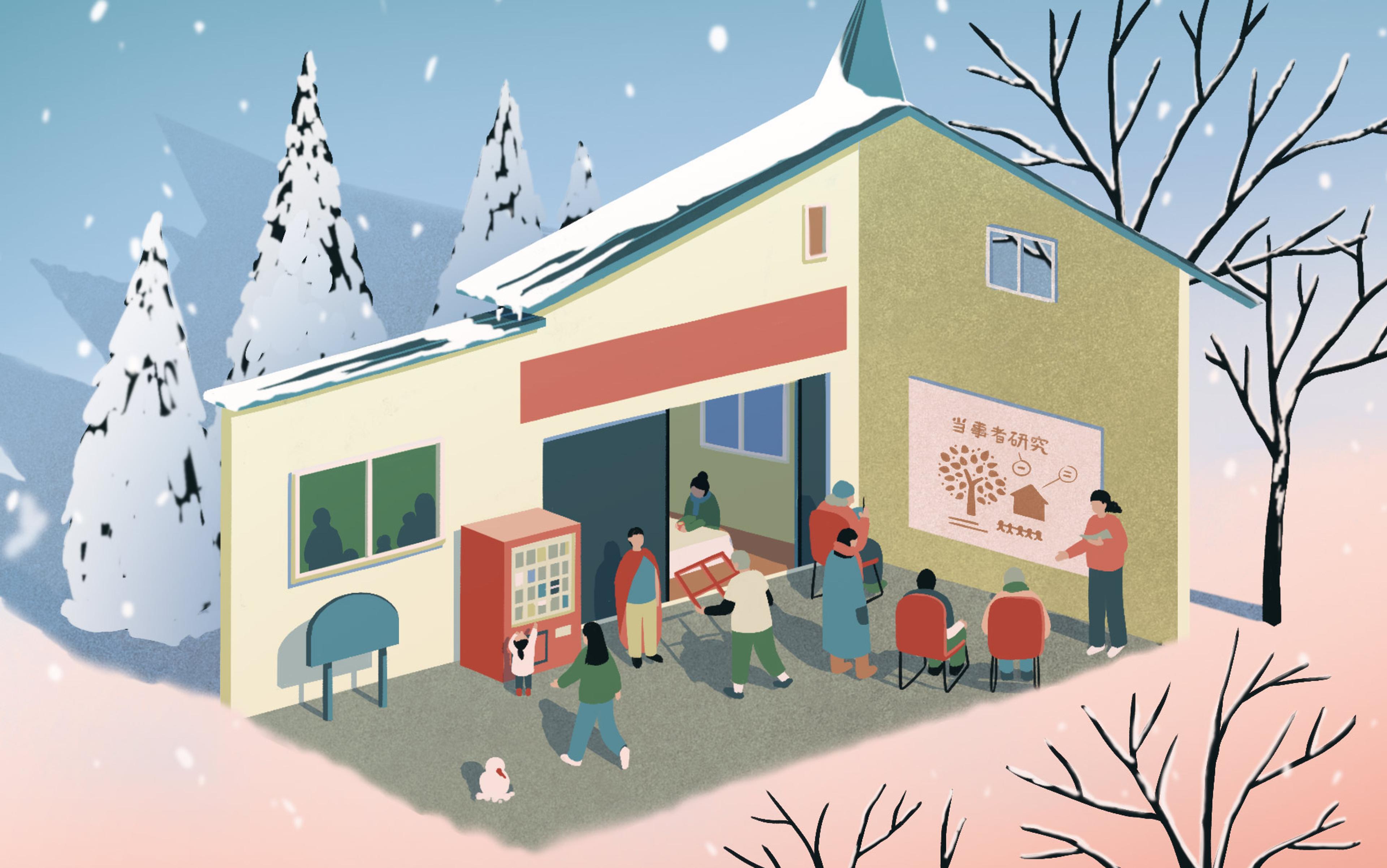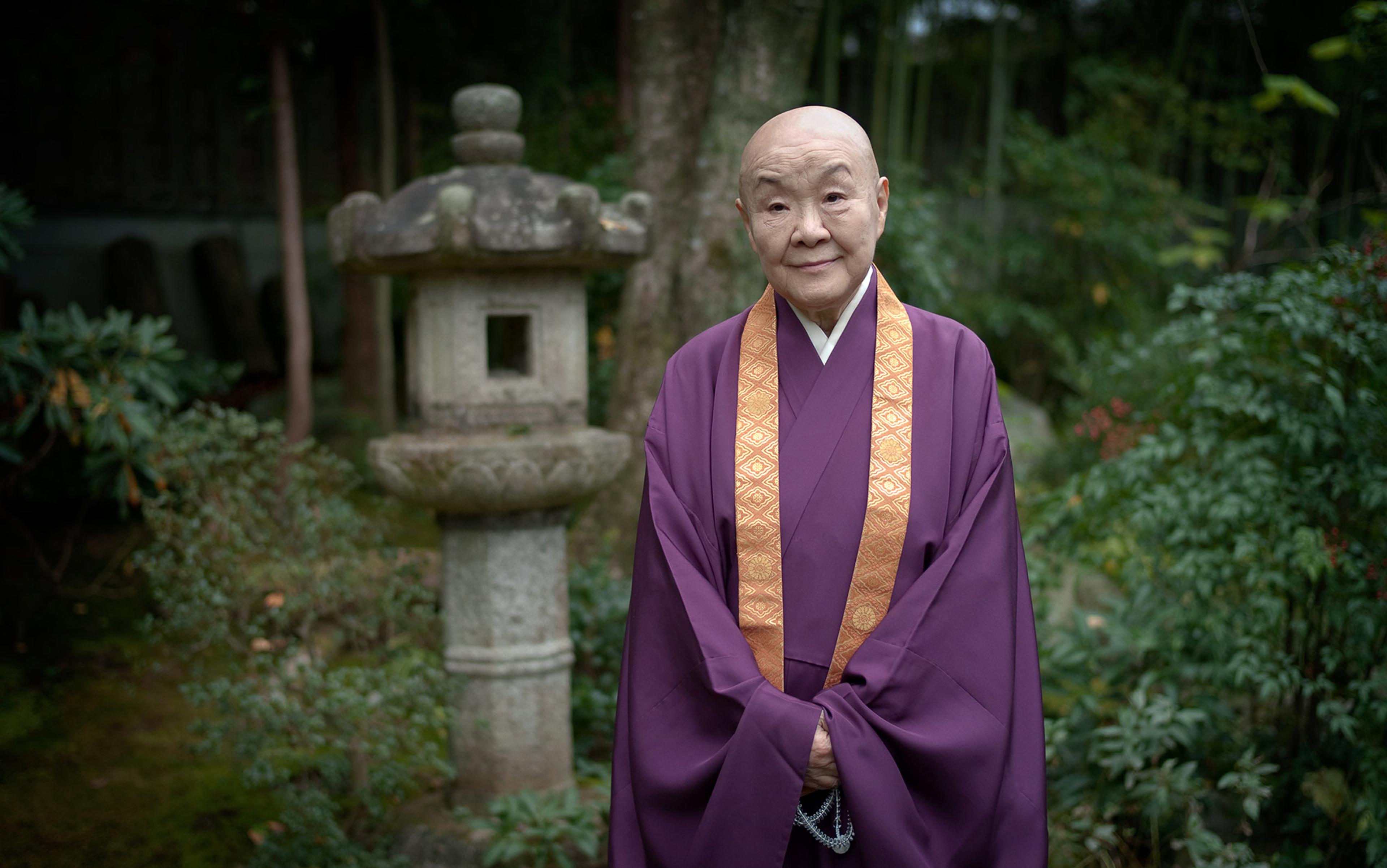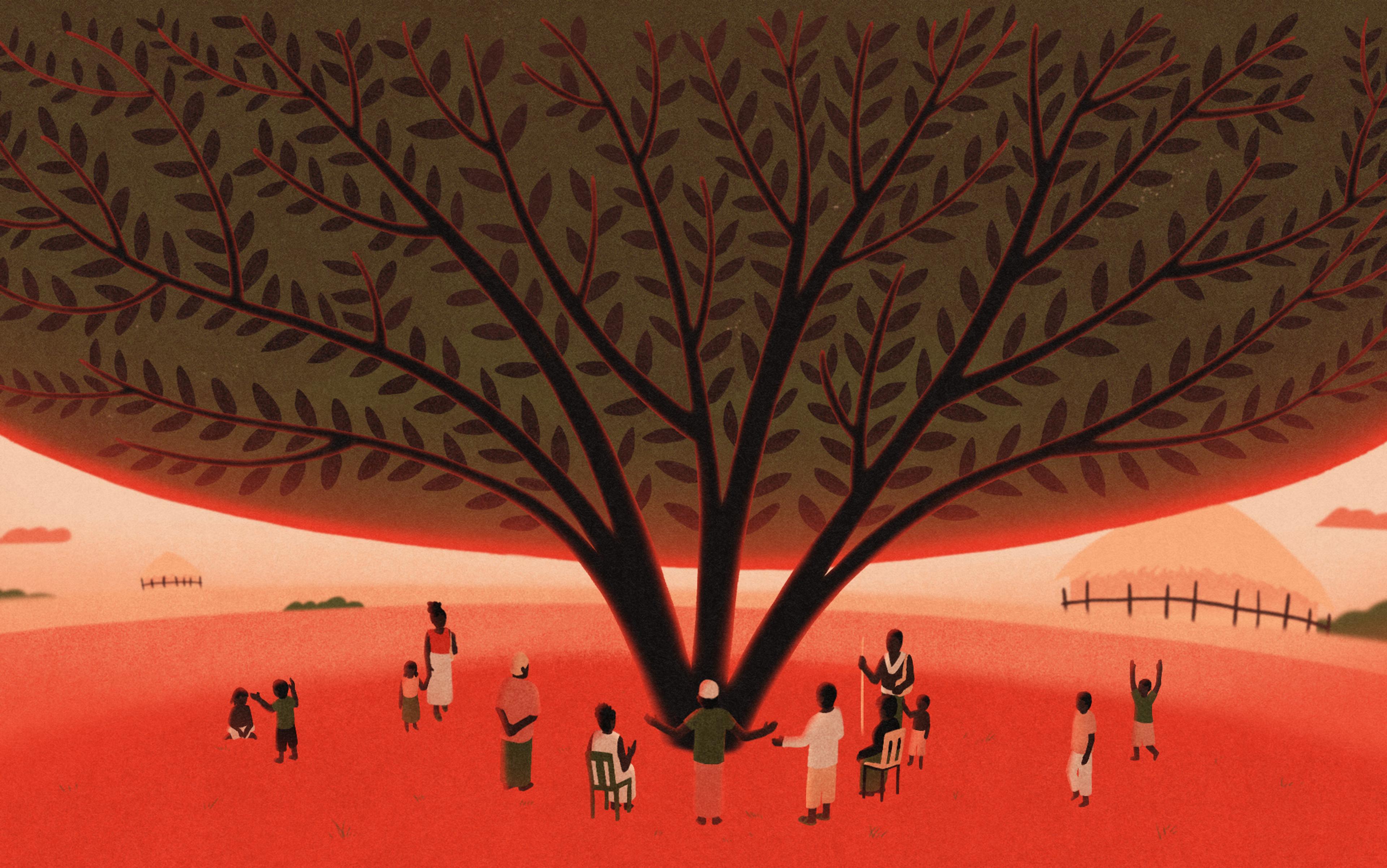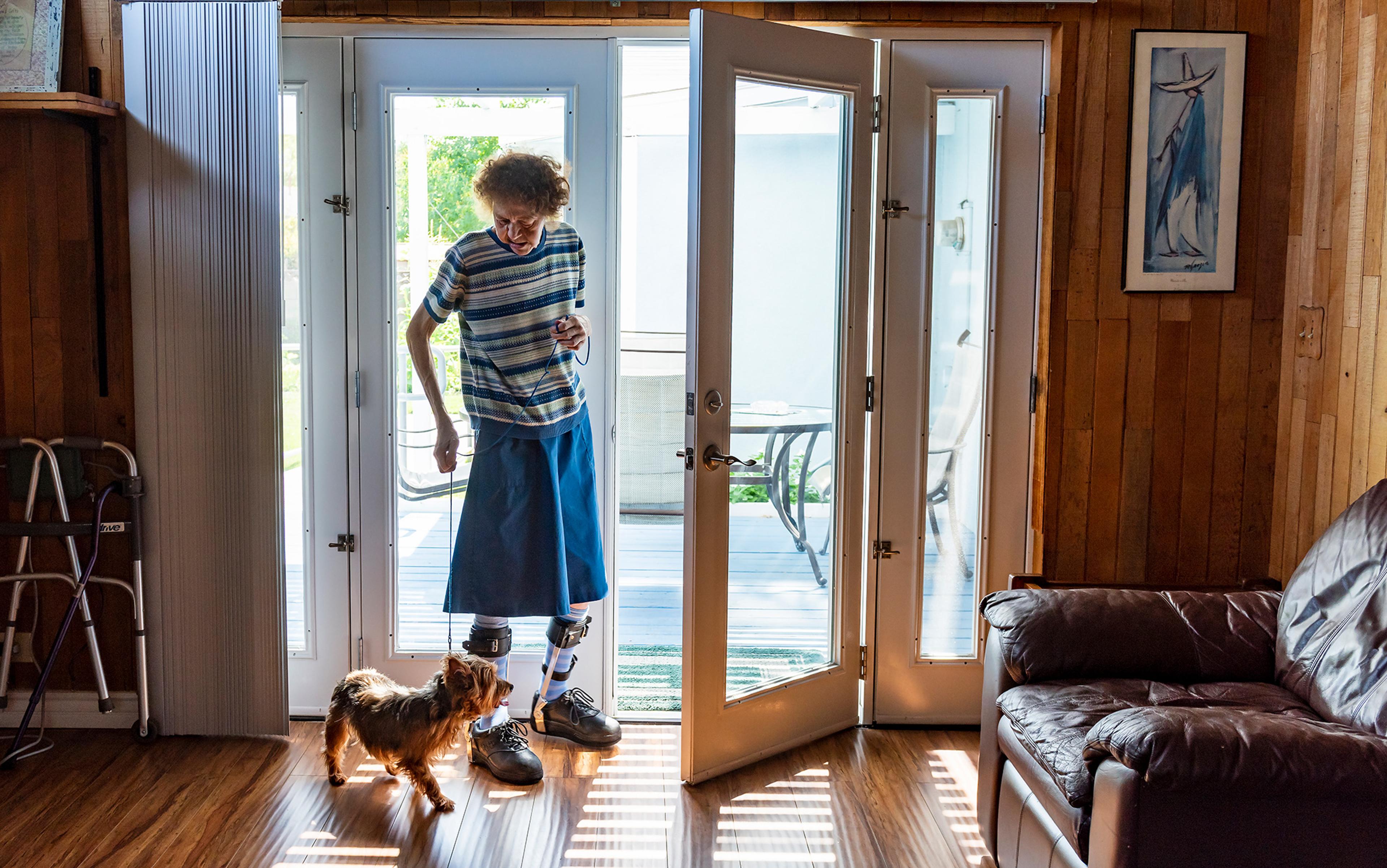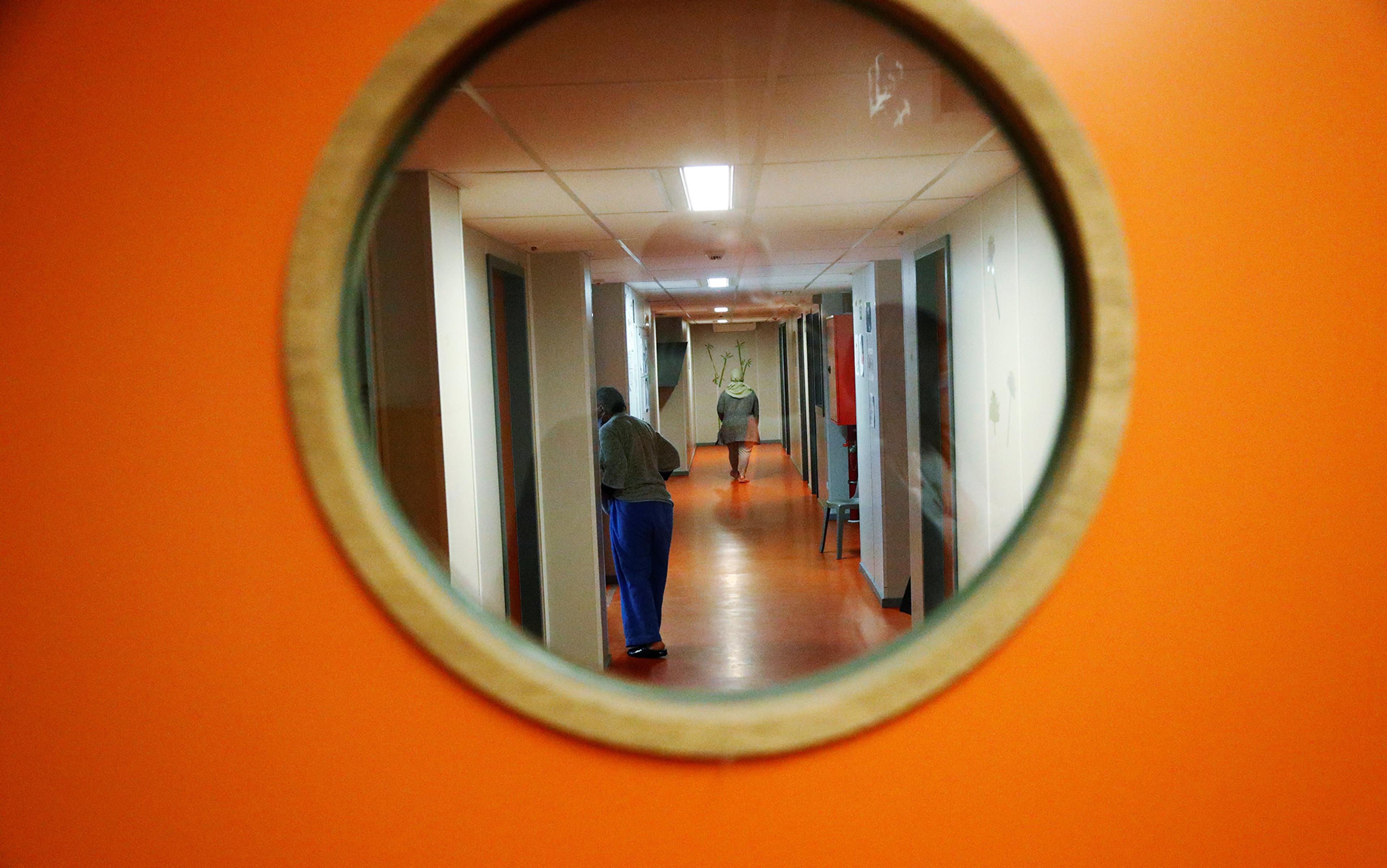In psychiatry, only experts make diagnoses. They do this by referring to detailed lists of criteria in technical guides, such as the Diagnostic and Statistical Manual of Mental Disorders, now in its fifth edition (DSM-5; 2013). With this manual in hand, a psychiatrist can determine whether a person is experiencing trichotillomania (hair-pulling disorder), schizophrenia, antisocial personality disorder, autism spectrum disorder, narcolepsy, childhood-onset fluency disorder (previously called stuttering), selective mutism, rumination disorder, or any of the myriad other disorders in the DSM-5.
Being given one of these diagnoses can sometimes change a person’s life for the better. It can validate their struggles and allow them to finally receive the professional support and medication they need to live a fulfilling life. But being diagnosed can have a dark side, too. It can take over a person’s identity. A psychiatric diagnosis is not only descriptive, it’s also prescriptive – it contains a narrative about what progress or recovery should look like. And, as this prescriptive narrative begins to dictate a person’s sense of self, a diagnosis can intrude so deeply into their identity that it may be difficult to imagine an alternative way of being.
In Japan, a radical approach called tōjisha-kenkyū has emerged to challenge the prescriptive narratives that dominate mainstream psychiatry. In tōjisha-kenkyū, which roughly translates as ‘the science of the self’ or ‘self-supported research’, people with disabilities and/or mental illness learn to study their own experiences. During the past few decades, this approach has grown from a grassroots movement created by people with schizophrenia and other mental illnesses in a small Hokkaido fishing town, to a revolutionary method for moving beyond psychiatry – a method that is being embraced across the strata of Japan’s rapidly ageing society.
The word ‘tōjisha’ is difficult to translate accurately into English. The term was originally used in law and politics where it referred to the parties – the tōjisha – involved in litigation. Its definition expanded in the 1970s when it became a means of self-identification for people in discriminated groups, including women struggling against a patriarchal society, those with disabilities who had become outsiders, and those who did not conform to gender norms. People in these groups adopted the word because it is loaded with conflict and resistance; it’s a name for those without power who are willing to organise and fight for their place in society, and for a right to determine their own future. ‘Tōjisha’ is how many people who are struggling against discrimination have come to identify themselves in Japan.
At the beginning of the 21st century, this term also began to be used by an invisible minority: those with schizophrenia and other psychiatric disorders. By identifying as tōjisha, members of this minority group sought a way beyond the dominance of medical models, to escape the harm of diagnosis and the rigidity of prescriptive narratives that predefined the path of recovery. But, unlike many other groups of tōjisha who advocated for social change, for those experiencing mental illness, such as schizophrenia, advocating for a place in society is complicated. Their ‘invisibility’ is twofold: they’re not only sidelined from society, but their disorders are also mysterious to themselves and others.
Instead of being passive ‘patients’, they could become active ‘researchers’ of their own ailments
What really set the stage for tōjisha-kenkyū were two social movements started by those with disabilities. In the 1950s, a new disability movement was burgeoning in Japan, but it wasn’t until the 1970s that those with physical disabilities, such as cerebral palsy, began to advocate for themselves more actively as tōjisha. For those in this movement, their disability is visible. They know where their discomfort comes from, why they are discriminated against, and in what ways they need society to change. Their movement had a clear sense of purpose: make society accommodate the needs of people with disabilities. Around the same time, during the 1970s, a second movement was started by those with mental health issues, such as addiction (particularly alcohol misuse) and schizophrenia. Their disabilities are not always visible. People in this second movement may not have always known they had a disability and, even after they identify their problems, they may remain uncertain about the nature of their disability. Unlike those with physical and visible disabilities, this second group of tōjisha were not always sure how to advocate for themselves as members of society. They didn’t know what they wanted and needed from society. This knowing required new kinds of self-knowledge.
As the story goes, tōjisha-kenkyū emerged in the Japanese fishing town of Urakawa in southern Hokkaido in the early 2000s. It began in the 1980s when locals who had been diagnosed with psychiatric disorders created a peer-support group in a run-down church, which was renamed ‘Bethel House’. The establishment of Bethel House (or just Bethel) was also aided by the maverick psychiatrist Toshiaki Kawamura and an innovative social worker named Ikuyoshi Mukaiyachi. From the start, Bethel embodied the experimental spirit that followed the ‘antipsychiatry’ movement in Japan, which proposed ideas for how psychiatry might be done differently, without relying only on diagnostic manuals and experts. But finding new methods was incredibly difficult and, in the early days of Bethel, both staff and members often struggled with a recurring problem: how is it possible to get beyond traditional psychiatric treatments when someone is still being tormented by their disabling symptoms? Tōjisha-kenkyū was born directly out of a desperate search for answers.
In the early 2000s, one of Bethel’s members with schizophrenia was struggling to understand who he was and why he acted the way he did. This struggle had become urgent after he had set his own home on fire in a fit of anger. In the aftermath, he was overwhelmed and desperate. At his wits’ end about how to help, Mukaiyachi asked him if perhaps he wanted to kenkyū (to ‘study’ or ‘research’) himself so he could understand his problems and find a better way to cope with his illness. Apparently, the term ‘kenkyū’ had an immediate appeal, and others at Bethel began to adopt it, too – especially those with serious mental health problems who were constantly urged to think about (and apologise) for who they were and how they behaved. Instead of being passive ‘patients’ who felt they needed to keep their heads down and be ashamed for acting differently, they could now become active ‘researchers’ of their own ailments. Tōjisha-kenkyū allowed these people to deny labels such as ‘victim’, ‘patient’ or ‘minority’, and to reclaim their agency.
Tōjisha-kenkyū is based on a simple idea. Humans have long shared their troubles so that others can empathise and offer wisdom about how to solve problems. Yet the experience of mental illness is often accompanied by an absence of collective sharing and problem-solving. Mental health issues are treated like shameful secrets that must be hidden, remain unspoken, and dealt with in private. This creates confused and lonely people, who can only be ‘saved’ by the top-down knowledge of expert psychiatrists. Tōjisha-kenkyū simply encourages people to ‘study’ their own problems, and to investigate patterns and solutions in the writing and testimonies of fellow tōjisha.
Self-reflection is at the heart of this practice. Tōjisha-kenkyū incorporates various forms of reflection developed in clinical methods, such as social skills training and cognitive behavioural therapy, but the reflections of a tōjisha don’t begin and end at the individual. Instead, self-reflection is always shared, becoming a form of knowledge that can be communally reflected upon and improved. At Bethel House, members found it liberating that they could define themselves as ‘producers’ of a new form of knowledge, just like the doctors and scientists who diagnosed and studied them in hospital wards. The experiential knowledge of Bethel members now forms the basis of an open and shared public domain of collective knowledge about mental health, one distributed through books, newspaper articles, documentaries and social media.
The audience votes to decide who should win first prize for the most hilarious or moving account
There are two goals to tōjisha-kenkyū. First, developing and sharing knowledge about yourself; and second, advocating for a place in society. By sharing self-knowledge, those who feel pushed out of society can begin advocating for themselves, together. This is how tōjisha-kenkyū has become helpful for those who might not suffer from a clear case of mental illness but who nonetheless feel marginalised. It has even been adopted by those in the ‘majority’ who seek ways to provide a safer and more comfortable environment for people with different abilities. At a time when ‘citizen science’ was still a new idea, particularly in the rather closed realm of mental health care, tōjisha-kenkyū created a vibrant space for public engagement where those with mental illness did not have to be apprehensive or embarrassed to speak about their differences.
Tōjisha-kenkyū quickly caught on, making Bethel House a site of pilgrimage for those seeking alternatives to traditional psychiatry. Eventually, a café was opened, public lectures and events were held, and even merchandise (including T-shirts depicting members’ hallucinations) was sold to help support the project. Bethel won further fame when their ‘Hallucination and Delusion Grand Prix’ was aired on national television in Japan. At these events, people in Urakawa are invited to listen and laugh alongside Bethel members who share stories of their hallucinations and delusions. Afterwards, the audience votes to decide who should win first prize for the most hilarious or moving account. One previous winner told a story about a failed journey into the mountains to ride a UFO and ‘save the world’ (it failed because other Bethel members convinced him he needed a licence to ride a UFO, which he didn’t have). Another winner told a story about living in a public restroom at a train station for four days to respect the orders of an auditory hallucination. Tōjisha-kenkyū received further interest, in and outside Japan, when the American anthropologist Karen Nakamura wrote A Disability of the Soul: An Ethnography of Schizophrenia and Mental Illness in Contemporary Japan (2013), a detailed and moving account of life at Bethel House.
Today, tōjisha-kenkyū has expanded far beyond Bethel or Urakawa. Once seen as an unusual and radical technique for those experiencing schizophrenia and other psychiatric disorders, it has now become an approach available to anyone wanting to study themselves and society. In 2015, tōjisha-kenkyū found another home at the Research Center for Advanced Science and Technology (RCAST) at the University of Tokyo. The associate professor Shinichiro Kumagaya, a paediatrician who has cerebral palsy, and the associate professor Satsuki Ayaya, the co-author of this Essay, who has written extensively on her experience of autism, are two researchers at the Center’s Tōjisha-Kenkyū Lab. Together, they are introducing tōjisha-kenkyū to a wider audience of experts by drawing deeply on their own experiences with disability and mental health, as well as working alongside other scientists and tōjisha.
When Kumagaya first began his clinical training at the University of Tokyo Hospital, he soon found that he struggled with the seemingly simple task of drawing blood. Because his hands are partially paralysed, he found it extremely difficult to hold a hypodermic needle. He tried various techniques until he was able to reliably draw blood from his colleagues’ arms. However, when it came to doing the same with babies – as worried parents looked on – his nerves would fail him, and he needed assistance. When he was later assigned to a busy hospital, Kumagaya assumed he would be useless and need constant help, but his supervisor deliberately put him in charge of drawing blood. Rather than obsessing over the ‘correct’ procedure, Kumagaya was encouraged by hospital staff to focus on drawing blood using any technique that worked, so long as it didn’t hurt the patient. Even Kumagaya’s supervisor confessed that he’d made mistakes taking blood, too, which melted any remaining fears. Other staff were quick to adapt themselves to his differences, finding various ways to help. Kumagaya learned that nobody was perfect in a super-busy hospital, and staff were constantly finding ways to help and accommodate each other’s weaknesses. Partial paralysis simply became one of many weaknesses (or eccentricities) among the team. Kumagaya has since drawn on this experience to further develop the methods of tōjisha-kenkyū by helping the Japanese government and those corporations required by Japanese law to hire a certain percentage of people with physical and mental disabilities.
Tōjishas are going beyond individual experiences to collaboratively generate scientific hypotheses
Ayaya’s research at RCAST has explored the history of tōjisha-kenkyū by interviewing the main actors involved in its creation. It has also drawn directly on her experience of autism to develop tōjisha-kenkyū as a research practice. Many of those with mental illness suffer from a profound sense of loneliness because their symptoms and their ‘odd’ behaviour can lead to tension and miscommunication, sometimes resulting in estrangement from others. What some tōjishas find frustrating is that they do not necessarily know what their exact problems are, and they may be accused of lacking self-knowledge. Ayaya often used to feel out of place. Her sense of self and body felt hijacked by other people’s descriptions of her – words that she didn’t always understand. Practising tōjisha-kenkyū, she began to learn how she experienced the world differently, and began to formulate hypotheses about why, for instance, she was constantly exhausted by sensory overload and extremely poor at sensing her own fatigue, which had led to sudden breakdowns in the past. Everyone’s ‘research’ is different, but in Ayaya’s case, she drew on self-observation as well as published studies in experimental psychology, cognitive science and philosophy to formulate hypotheses about her breakdowns, analysing their underlying mechanism and finding the exact words that explained her experiences. She now presents her hypotheses about autism in tōjisha groups to test how generalisable her findings are. In this way, tōjishas are developing self-understanding and learning to describe themselves in their own words, but also going beyond individual experiences to collaboratively generate scientific hypotheses about their experiences.
At the University of Tokyo, Ayaya and Kumagaya have generated a systematic approach to develop these hypotheses. This involves three directions of ongoing research: practising tōjisha-kenkyū; validating hypotheses born out of tōjisha-kenkyū; and investigating the effect and efficacy of tōjisha-kenkyū. Part of their work has involved collaborating with communities of people with autism, those experiencing addiction, and children with special needs or learning difficulties. They have also worked with an Olympic athlete and a former astronaut to explore their sense of marginality and the stress of performing in highly competitive and meritocratic communities. To test hypotheses that have emerged from individual experiences, Ayaya and Kumagaya have also collaborated with scientists and other experts to test whether findings might be generalisable to other people with disabilities. As a result, tōjisha-kenkyū is now in the early stages of being implemented by corporations, universities and hospitals as a means of identifying problems and fostering diversity within workplaces. In 2011, the Japanese government established a Commission on Policy for Persons with Disabilities involving a range of experts who make policy recommendations to ensure Japan is acting in accordance with the the United Nations’ Convention on the Rights of Persons with Disabilities. These experts include social workers, academics, those with disabilities, and even an expert in tōjisha-kenkyū – a role that is currently taken by Kumagaya. Tōjisha-kenkyū is a tool not just for an individual to cope with their problems, but a way of ensuring that society learns to acknowledge and face these problems, too.
What makes this approach so appealing? Perhaps it can be explained through a principle Kumagaya learned from the Italian psychiatrist, researcher and tōjisha-kenkyū supporter Roberto Mezzina: ‘self-discovery (through self-supported research) is a process of recovery.’ It is a means of recovery because it allows a person to discover meanings and mechanisms in what may otherwise be a chaotic experience.
Though tōjisha-kenkyū began far outside the domain of traditional scientific research, it now seems to have become a form of citizen science, one that takes research out of the laboratory and university, and places it in the hands of those who are neither psychiatrists nor health experts. One thing that distinguishes tōjisha-kenkyū from other forms of citizen science is its unique definition of ‘research’. In the past, citizen science projects on public health involved patients who learned the language and craft of science to actively collaborate with medical experts in search of a cure. An example of this is the collaborative networks that formed during the 1980s and ’90s between people affected by AIDS and the scientists studying it. Citizen science has also developed in mental health care, where user-controlled research has significantly impacted health policies.
While these historical cases have radically reshaped the idea of science and the ownership of its knowledge, the fact that such research may require an engagement with complicated scientific research and expertise could hinder some ‘citizens’ from becoming more involved. Tōjisha-kenkyū, on the other hand, takes an almost guerrilla-like approach: research is a patchwork of individual experiences and whatever is found useful from science. The traditional literature review in scientific articles, where knowledge about a field or debate is compared, is replaced with the act of listening to and comparing the testimonies of tōjisha. This can also become a form of feedback like the peer-review process. What is particularly important about this dynamic is that groups of tōjisha can kenkyū together to examine how problems arise from their specific disabilities, their own eccentricities or quirkiness, or from a specific environment. By finding patterns in causal factors, tōjisha can make more informed plans about what should be done.
They do not have the ultimate answer and speak from multiple positions of being patient, peer and staff member
This approach to research has increasing relevance in corporate Japan, where the number of workers with depression and/or developmental disorders is increasing. The government and corporations are seeking ways to go beyond the traditional machismo that still exists in many Japanese companies, and to cultivate a new work culture where it is OK to show and share one’s vulnerabilities. Kotoko Kita is a tōjisha-researcher hired by the University of Tokyo through Kumagaya and Ayaya’s lab, who was diagnosed with autism spectrum disorder and attention-deficit/hyperactivity disorder. For Kita, tōjisha-kenkyū has become a way to investigate the nature of her disability in the workplace. It’s helped her understand why she has changed jobs more than 30 times – an anomaly in Japan where the idea of lifetime employment still prevails. In her research, she compared companies to see which ones were difficult to work in (those with a culture of machismo and perfectionism) and which were disability-friendly (those with a culture of accepting and sharing each other’s vulnerabilities). Through tōjisha-kenkyū, Kita, Kumagaya and Ayaya have been able to begin designing the workplaces of the future.
Inspired by this work, Kiyoto Kasai, the chair of neuropsychiatry at the University of Tokyo, has implemented a system of peer-support workers at the university hospital with the aim of decreasing the stigma of mental illness. He has helped hire four such workers, who were psychiatric patients themselves. Unlike psychiatric professionals who tend to speak from a position of knowledge and certainty, peer-support workers instead operate as ‘facilitators’ who do not have the ultimate answer and who speak from multiple positions of being patient, peer and staff member. Partly because of their uncertainty, they may be able to listen and empathise more easily with patients while also easing tensions and power imbalances inherent in doctor-patient relationships. Their roles have thus been compared with frontline ‘peace workers’ in medical settings. But they also find it difficult at times to speak from different perspectives when they are surrounded by medical professionals.
While the exact roles and the strengths of peer-support workers are still being debated at the University of Tokyo Hospital, many see this as a step towards creating a democratic and open space within medicine that can change psychiatry from within.
In Japan’s rapidly ageing society, where many people live beyond their 80s, disability is no longer someone else’s business. It impacts everyone. Dementia is a particularly salient example because it looms so large in Japan’s ageing future: by 2025, around 7 million people are expected to be afflicted. One of Japan’s bestselling books of 2022 was a ‘guidebook’ to dementia titled Ninchishō sekai no arukikata (How to Walk the World of Dementia), which was modelled on a Japanese version of the Lonely Planet series called ‘How to Walk the World’. The guide reads like an old-fashioned anthropological textbook, describing the exotic world of those living in the land of dementia. The book shares the narratives of ‘natives’, describing and explaining why they do the ‘strange’ things that they do, such as forgetting, not being able to count money and/or charge a train card, and sometimes just wandering around aimlessly. Dementia is a great case study of how tōjisha-kenkyū might shape Japan’s future.
At memory clinics for people with dementia where the anthropologist Junko Kitanaka, the co-author of this Essay, has conducted fieldwork, tōjisha are not only invited as ‘experts’ who can evaluate the quality of doctors’ interactions with patients but also as peer-consultants. The faces of tōjisha and patients light up when they discover that they share commonalities. During her research with people who have Lewy body dementia, Kitanaka observed tōjisha and patients sharing similar horrifying experiences, such as hallucinating a curtain-rail covered in snakes or seeing a ghost-like small child in a dark room. These experiences may have been horrifying, but the conversations that follow are full of laughter, fostering a sense of solidarity – similar to the solidarity seen during Bethel’s ‘hallucination contests’.
It’s a vision in which those affected by physical and mental differences have a meaningful place in the future
Through tōjisha-kenkyū, people without dementia can imagine not just how to live with those who are afflicted but also what it is like to be in the mind of someone with a mental disorder. This is also allowing people with ailments to empathise with each other beyond the usual disease categories and across spectrums. Today, people with dementia, depression, schizophrenia, higher brain dysfunctions and developmental disorders are beginning to share their experiences of control, not being able to manage the excess of their emotions or feeling that their body is in discord with their mind. They might talk about cognitive changes in metaphorical terms, saying that they feel like an old and dysfunctional computer that can open only one window, to run only one application at a time. They may also talk about sensory experiences, such as how the world feels faded, completely devoid of colour, and as if they are moving in slow motion. Many emphasise how lowered levels of working memory make them want to limit any excess information invading their brain and how, in response, they sometimes cannot help but close their eyes, shut their ears, and crouch down in panic.
By working with doctors who are interested in recapturing the symptomatology of mental disorders, these tōjisha are helping reshape psychiatry itself. They are creating a common foundation from which to understand the phenomenology of psychosis and the difficulties of living differently. Importantly, a database built from this new language is now being used by experts in electronics, city planning and community building to help create new and empathetic forms of universal design that accommodate the worlds of tōjisha and those who are neurobiologically different.
It may seem that tōjisha-kenkyū has travelled so far from Bethel House that it has little to do with its origins in Urakawa – and little to do with the methods used by the man who wanted to understand why he set fire to his house. But all forms of tōjisha-kenkyū share fundamental qualities: a communal and open understanding of ailments, and an optimistic view that society can become more inclusive. Tōjisha-kenkyū offers a hopeful vision of coexisting worlds. It’s a vision in which those affected by physical and mental differences have a meaningful place in the future.
Imagine what would happen if experts stopped only defining and diagnosing patients, and instead taught people to study themselves.
Note: This research has been funded by Kakenhi JP21H05174 and JP21H05175.
